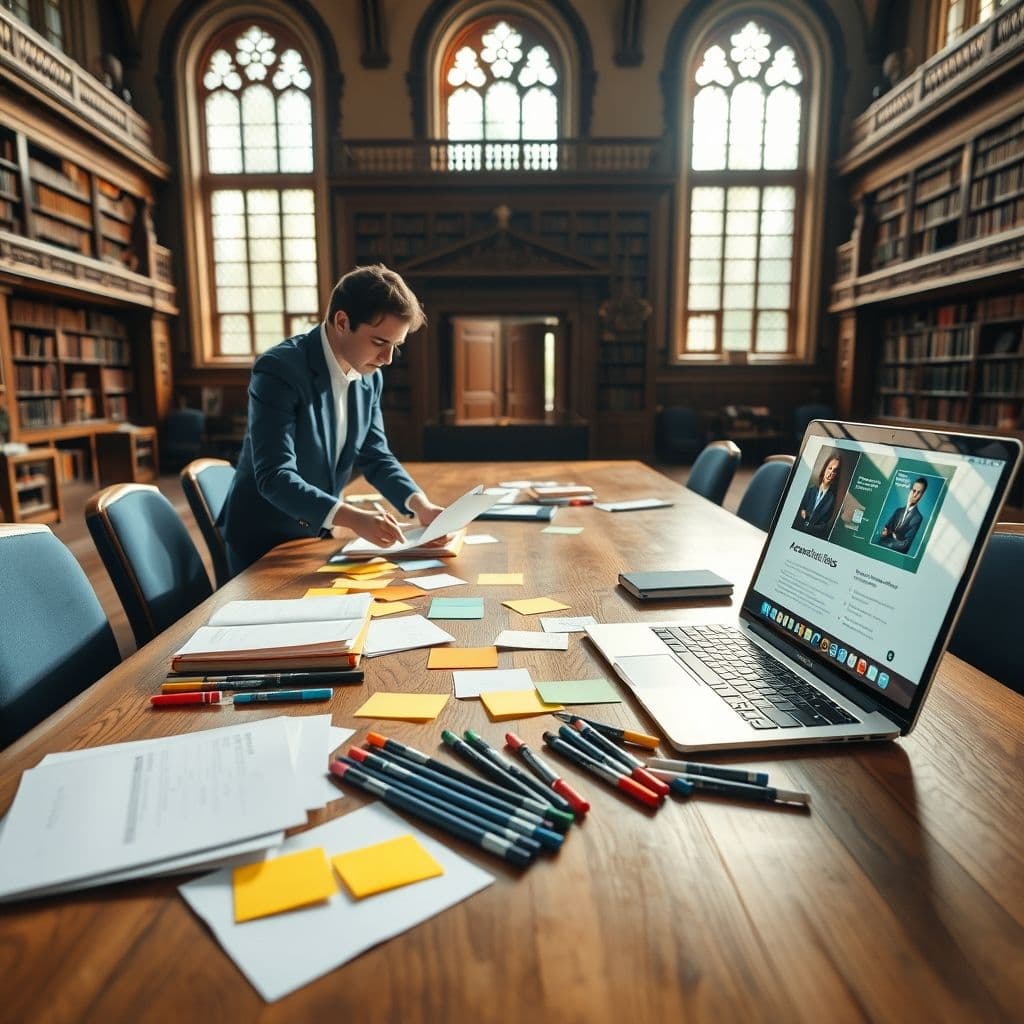Facilitation Mastery: A Step-by-Step Guide to Leading Effective Group Sessions

Facilitation is the art of guiding groups to achieve their objectives through structured, inclusive, and productive discussions. Whether you're leading team meetings, workshops, or community gatherings, mastering facilitation can transform group dynamics and outcomes. This guide will walk you through the essential steps to become an effective facilitator, from understanding the basics to handling challenging situations and continuously improving your skills. View original learning path
Step 1: Understand the Basics of Facilitation
Facilitation is more than just leading a meeting—it's about creating an environment where all participants can contribute meaningfully. The facilitator's role is to guide the process without dominating the content, ensuring that discussions stay on track and objectives are met. Key skills include active listening, asking powerful questions, and managing group dynamics. For example, in a brainstorming session, a facilitator might use open-ended questions to encourage creativity while gently steering the group back to the topic if discussions veer off course.
Step 2: Prepare for Facilitation
Preparation is the foundation of successful facilitation. Start by clearly defining the purpose and objectives of your session—what do you want participants to achieve? Next, understand your audience: their backgrounds, expectations, and potential concerns. Design an agenda that balances structure with flexibility, allowing for meaningful discussion while keeping to time. Prepare all necessary materials, from handouts to visual aids, and ensure the physical or virtual space is set up for optimal interaction. For instance, if facilitating a strategic planning session, you might prepare a SWOT analysis template to guide the discussion.

Step 3: Facilitate the Session
During the session, your role is to create a container for productive discussion. Begin by establishing ground rules collaboratively with participants—this builds buy-in for behavioral norms. Foster a safe environment where all voices are heard, perhaps using techniques like 'round robin' sharing or small group breakouts. Watch for group dynamics: are some participants dominating while others stay silent? Use facilitation techniques to balance participation. Guide communication by paraphrasing key points and synthesizing discussions. When decisions are needed, employ structured methods like dot voting or consensus-building exercises. Remember, your energy sets the tone—model the engagement you want to see.
Step 4: Handle Challenging Situations
Even the best-planned sessions can encounter challenges. When conflict arises, acknowledge differing perspectives while redirecting focus to common goals. For difficult participants—whether they're dominating, disengaged, or disruptive—use neutral language and private conversations when possible. Stay flexible when unexpected changes occur; having backup activities or adjusting time allocations can save a session. For example, if technical issues disrupt a virtual meeting, switch to a discussion-based activity while troubleshooting.

Step 5: Continuously Improve Facilitation Skills
Great facilitators are always learning. After each session, reflect on what worked well and what could be improved—consider keeping a facilitation journal. Seek feedback from participants through surveys or informal conversations. Invest in professional development through workshops, books, or mentorship. Most importantly, practice regularly in different contexts to build versatility. You might start by facilitating small team meetings before progressing to larger workshops, gradually expanding your comfort zone and skill set.
Conclusion
Mastering facilitation is a journey that combines preparation, presence, and continuous learning. By understanding your role, designing thoughtful sessions, guiding groups effectively, navigating challenges gracefully, and committing to improvement, you'll unlock the power of collaborative problem-solving. Remember that every group and every session offers new opportunities to refine your craft.
Frequently Asked Questions
- How long does it take to become a skilled facilitator?
- While basic facilitation skills can be learned quickly, true mastery develops over time with consistent practice. Most people see significant improvement after facilitating 10-15 sessions while actively seeking feedback and refining their approach.
- What's the most common mistake new facilitators make?
- A common pitfall is trying to control the content rather than focusing on the process. Remember, your role is to guide how the discussion happens, not to provide all the answers or dominate the conversation.
- Can introverts be good facilitators?
- Absolutely! While extroverts may feel more naturally comfortable, introverts often excel at active listening and creating space for others—key facilitation skills. Many successful facilitators are introverts who leverage their strengths in observation and thoughtful questioning.





